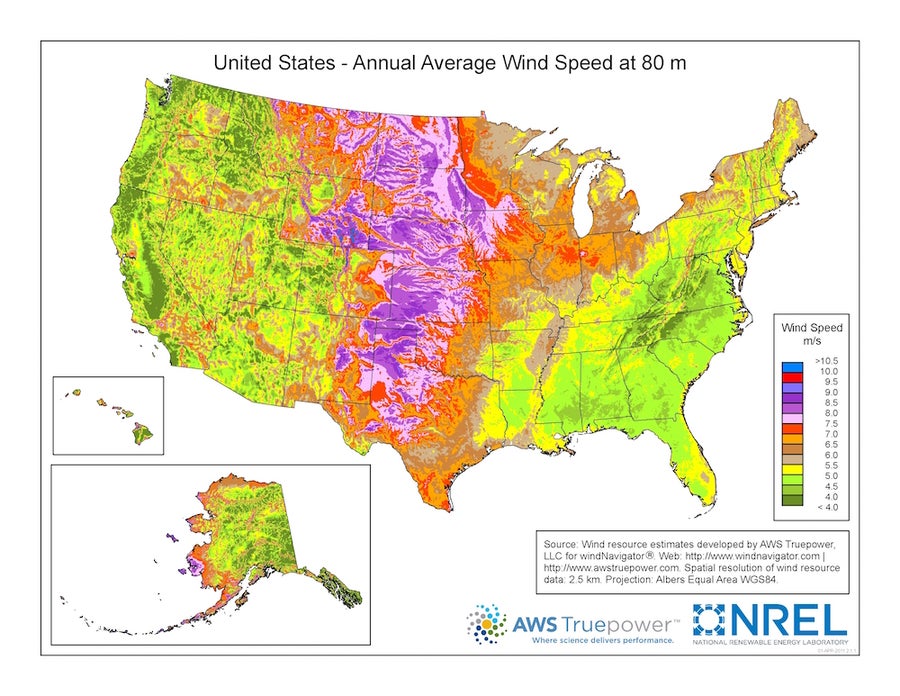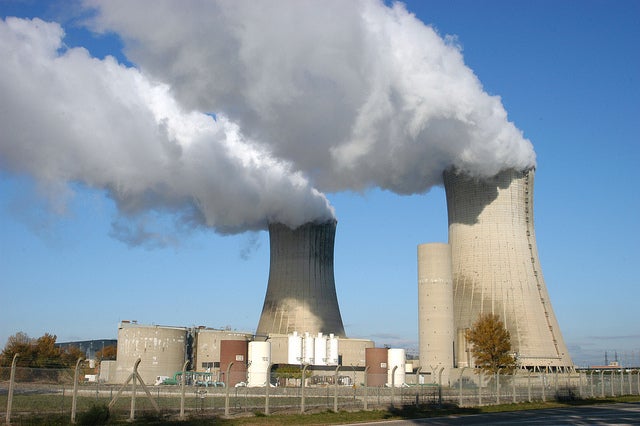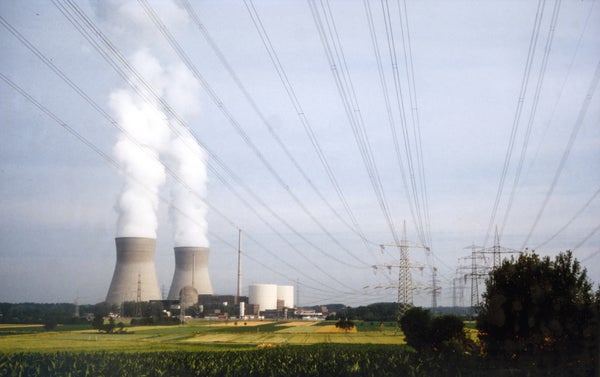This article was published in Scientific American’s former blog network and reflects the views of the author, not necessarily those of Scientific American
Since the election of Donald J. Trump to the U.S. presidency last November, you’ve no doubt been subject to a barrage of headlines speculating about the future of U.S. energy policy, especially as it relates to climate change. I won’t go into the details of what we’ve learned — and haven’t learned — about the Trump administration’s energy and climate policy (outlets like E&E News and the Washington Post have done some exceptional reporting on the topic). Rather, in the spirit of bringing the country together in the wake of the most contentious election and transition in recent memory, I’ll focus on two areas of potential bipartisan compromise that have emerged since the election.
Reduce the Barriers to Building Interstate Transmission Lines and Pipelines
It’s no secret that the Keystone XL oil pipeline and, more recently, the Dakota Access Pipeline flared tensions on both sides of the energy policy divide. Federal approval of the Keystone XL pipeline languished for years while the Obama administration weighed the tradeoffs between approving the pipeline as suggested by its own environmental impact investigations, or declining the pipeline to placate growing grassroots opposition from the environmental community. In the end, President Obama rejected the pipeline, because the low price of oil and booming domestic production had rendered it more or less irrelevant.
On supporting science journalism
If you're enjoying this article, consider supporting our award-winning journalism by subscribing. By purchasing a subscription you are helping to ensure the future of impactful stories about the discoveries and ideas shaping our world today.
Throughout the debate, Republicans argued in favor of the Keystone XL pipeline because of the jobs it would create and the infrastructure it would bring to Canadian and U.S. oil producers. President-elect Trump has signaled he will move to reverse Obama’s decision and approve the Keystone XL pipeline, although it’s unlikely he’ll do so quickly.
With the Republicans in control of Congress and the White House, Democrats need a politically palatable proposal that might be offered alongside policies to fast track pipeline construction. One related policy move that could significantly advance wind energy growth in the United States is to also reduce the barriers to building interstate electricity transmission lines.
It’s well known that one of the greatest barriers to U.S. wind production is the lack of sufficient transmission capacity linking the windy Midwestern plains to large cities. Texas is the number one state in wind production — by a long shot — because it approved $7 billion in new transmission lines linking West Texas to Houston, Dallas, Austin, and San Antonio. If similar actions were taken to advance transmission infrastructure nationally, the Midwest could see enormous wind energy growth.

The greatest U.S. wind energy resource lies in the middle of the country, away from the most densely populated areas. Streamlining construction of interstate electricity transmission lines would help bring wind energy from the plains to the cities and increase U.S. wind energy growth. Credit: NREL
The idea of combining pipeline permitting reform with transmission permitting reform isn’t completely novel or unthinkable. In fact, Rep. Pete Olson (R), the Chair of the House Subcommittee on Energy and Power, proposed the idea at the Heritage Foundation summit I covered in a previous blog post. Perhaps the Democrats could partner with Republicans to support such a proposal due the benefits it could bring to wind energy.
Support the Existing Nuclear Fleet and Invest in Advanced Nuclear R&D
One of the looming challenges to reducing U.S. carbon dioxide emissions is the impending closure of as many as 20 nuclear power plants over the next decade. Surprisingly, the looming shutdowns aren’t the product of expiring Nuclear Regulatory Commission permits, but rather from economic challenges caused by cheap natural gas, low wholesale power prices, and price volatility spurred by renewable energy.
In 2015, nuclear power accounted for 62.4 percent of U.S. carbon-free electricity generation, followed by hydroelectric dams and then other renewables including wind and solar. Despite the fact that nuclear accounts for the vast majority of our carbon-free electricity supply, there are just 61 nuclear power plants operating in the United States. That means that even one plant closing would create a huge shortfall in the carbon-free electricity supply that would be difficult to fill with renewables. As President Obama’s Secretary of Energy Ernest Moniz said, “we are supposed to be adding zero carbon sources, not subtracting [them].”

A nuclear power plant emits only steam — not carbon dioxide or other emissions. Nuclear power is the single greatest source of U.S. carbon-free electricity. Credit: Dean Calma IAEA Imagebank Flickr (CC BY-SA 2.0)
In a questionnaire circulated to the U.S. Department of Energy, the Trump transition team asked a number of questions related to reducing barriers to nuclear energy, including “Are there any statutory restrictions to restarting the Yucca Mountain [nuclear waste storage] project?”; “How can the Department of Energy (DOE) support existing reactors to continue operating as part of the nation's infrastructure?”; “What can DOE do to help prevent premature closure of plants?”; and “How do you recommend continuing to supporting the licensing of Small Modular Reactors?” So it seems the incoming administration is willing to take steps to support nuclear power into the future.
Supporting nuclear power should be an easy sell for the Democrats. Not only because it is the single largest source of emissions-free electricity, but also because its role as an energy source largely supported through regulated and public utilities aligns with the traditional views of the Democratic party. That hasn’t stopped some progressive states from allowing nuclear power plants to prematurely shut down (see New York, California).
With the new administration squarely behind supporting one of the nation’s single greatest carbon-free energy assets, there is an opportunity for Democrats to work with Republicans to not only extend the life of the existing nuclear fleet, but also support government research and development of advanced nuclear technologies like small modular reactors (SMRs) that can overcome the limitations that are causing economic challenges for today’s nuclear fleet. Supporting nuclear in this way might not be palatable to some in the Democratic party and environmental community, but it’s hard to argue against nuclear when it might be the one source of carbon-free electricity the new administration squarely supports.
The Need for Compromise
While the potential for compromise in the area of energy and climate policy exists, that doesn’t mean Democrats and Republicans will actually work together. In fact, it’s seemingly never been more unlikely. I hope this post has shown that even in these fractured times, there are policy options that can satisfy both Democrats and Republicans, and promote the safety, affordability, and cleanliness of the U.S. energy system at the same time.
Associated image credit: IAEA Imagebank via CC BY-SA 2.0
